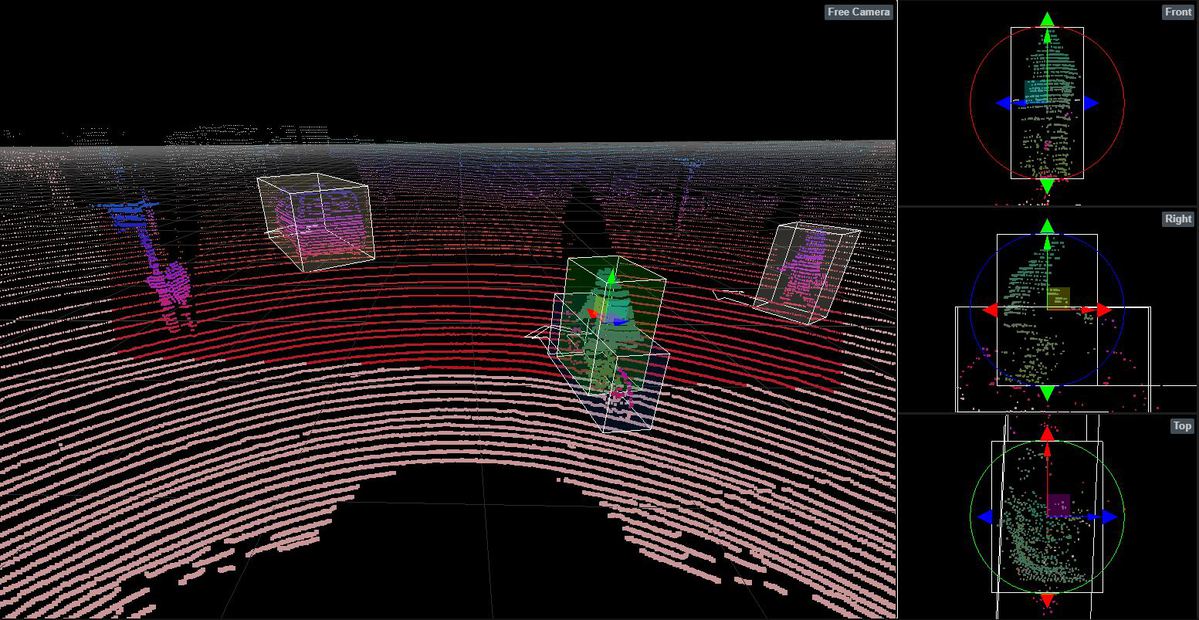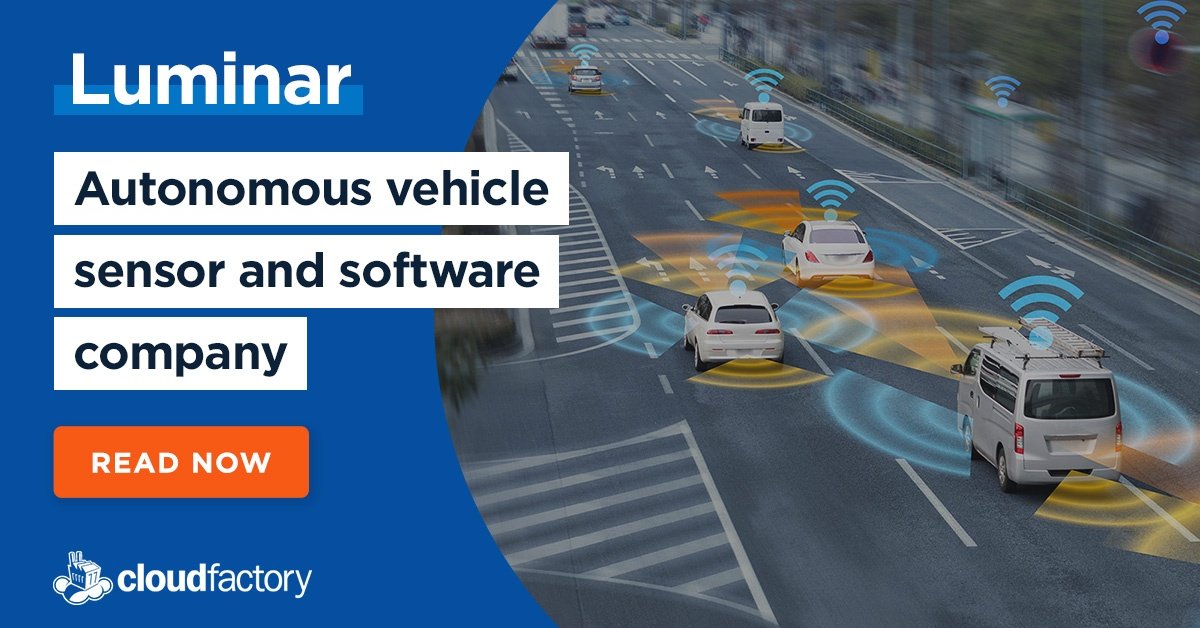If you're an autonomous driving news enthusiast, you're aware of the ongoing debate about using light detection and ranging (LiDAR) data in training autonomous vehicles to safely navigate the world around them.
In a nutshell, companies like Waymo and Cruise believe that LiDAR is essential in building mobility services using fully autonomous vehicles. Companies like Tesla feel that LiDAR is unnecessary, preferring neural rendering, which uses a neural network to capture and generate 3-D imagery from 2-D snapshots.
Researchers at North Carolina State University are developing a non-LiDAR technique called MonoCon that improves the ability of AI programs to identify 3-D objects using 2-D images.
Only time, research, and testing will settle the debate. We look forward to discussing how neural rendering and other techniques can capture 3-D autonomous driving data in a future post, but today, we're focusing on LiDAR.
Let's talk LiDAR
LiDAR is expensive, but falling costs and an increase in supply are driving more adoption of the technology. There are now over 150 LiDAR producers, eight of which trade publicly.
As of January 2022, according to the latest tally from BloombergNEF, 17 global automakers are producing 21 LiDAR-equipped passenger car models. Automakers incorporate LiDAR technology into Advanced Driving Systems (ADS) and Advanced Driver Assistance Systems (ADAS). In both ADS and ADAS, a rapidly rotating or spinning LiDAR sensor at the top of the vehicle creates a 360-degree field of view to provide a complete image of the vehicle's surroundings.
How does LiDAR work?
LiDAR measures the time it takes for the laser pulse to travel from its location on an object to another object or surface. The time is used to calculate distance, converted into elevation.
The waveform that returns to the sensor records individual points for the peaks in the waveform. This system may record between one and four returns from each laser pulse. An entire waveform is more complex and will capture more data, creating a detailed picture of the area called a point cloud.
These point clouds are an exact digital representation of the environment the LiDAR is capturing. Each point contains ample data that integrates with other data sources to create 3-D models. Most companies working with point cloud data use an experienced AV workforce to manage and label it, as the files are massive and point cloud labeling requires specialized training.

The same street scene is shown here, in a 3-D LiDAR sensor image that is annotated using UAI Annotator, a data annotation tool. Source: UnderstandAI, a DSpace company.
Benefits of LiDAR data
LiDAR gives self-driving cars a three-dimensional image to interpret; many experts feel such images are more accurate than cameras. Unlike cameras, though, LiDAR doesn't get tricked by shadows, sunlight, or the oncoming headlights of other cars.
For ADS, it's considered the gold standard in depth and dimension for finding the distance between objects and does so faster than radar or cameras. For ADAS, this additional sensor data can help improve reaction times and accuracy for features such as lane-keeping assistance and automatic emergency braking.
Learn more about the difference between ADS and ADAS.
How do you make LiDAR data valuable?
For LiDAR data to be helpful, it must be accurately labeled, which is a big job that can be difficult to scale. The challenge for AI developers is transforming massive, raw data into large amounts of structured data to train machine learning models.
We recommend seeking a managed workforce specializing in labeling autonomous vehicle LiDAR data, or what we refer to as an AV-centric workforce. The workforce will need to have the technology to handle large datasets and the skills to label 3-D point cloud data. Interpreting these point clouds is a skill that takes quite a bit of time and interest to develop. Humans must meticulously correlate the points within an environment and identify the exact points for the object that needs labeling.
At CloudFactory, we believe that annotating LiDAR data for autonomous vehicles takes more than technical skill. It also takes an understanding of the autonomous driving industry and its unique data needs. If your organization works with LiDAR technology, our AV-centric workforce is ready to deliver high-quality LiDAR data to your project team. Learn how we annotate data for autonomous vehicle use cases.



